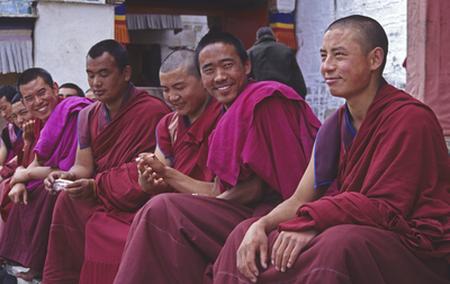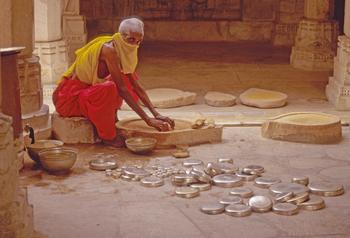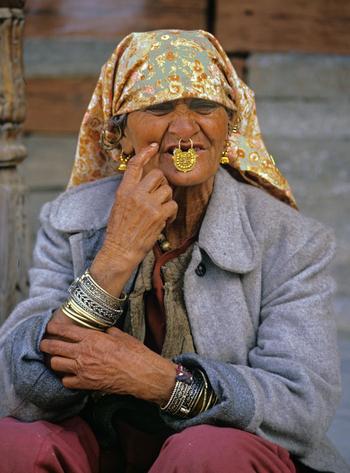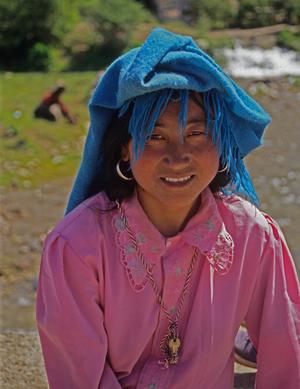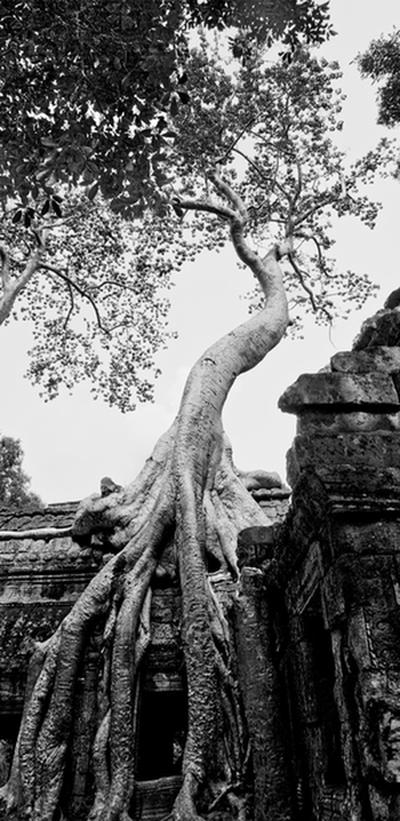Packing Light – And Drowning in Electronics
So I’m on the final countdown. Eleven days from now I’ll be on a plane heading towards Lima, Peru, on my virgin trip to South America. In between trying to get books finished and manage my business, I’ve been trying to pack and get my equipment in order. I’ve cleaned and packed my camera equipment. I’ve bought a lightweight computer. I’ve made plans to blog and I have my smart phone so I can keep in touch. I even have my kindle so I don’t have to carry a plethora of books.
There’s only one problem. I feel sick about it.
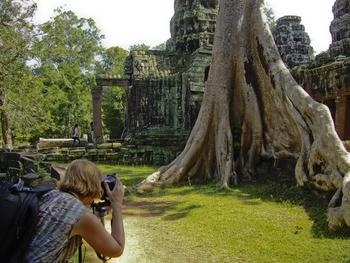
All this stuff weighs a ton. There are electrical cords and plug adapters and more plugs and batteries until I wonder whether I’m going trekking or to the office. I keep telling myself all this stuff will help my travel, but I guess I’ll reserve judgment until I hike my pack onto my back. Let me tell you about the changes the electronic age has made.
1. I don’t have to carry film. Instead I have a little external hard drive and numerous memory cards. This might not seem like such a big deal, but fifty to seventy-five rolls of high quality slide film are far heavier than you think, especially when you have to carry them on your back. Not only do they weigh a lot, they also take up a huge amount of space and time. I recall going through a SeaTac Security counter where they wanted to open and check each roll of film after I refused to let them put it through the x-ray. I had the time, so I stood there and let them do it, until they finally gave up. Seventy-five rolls is that much. Shooting digital on my last trip I shot over 3000 frames—the equivalent of about 86 rolls.
It’s interesting as I pack now. I’m using the large pack I took to India for three months and although this time I’m packing the same amount of clothes AND a sleeping bag, the pack is still almost empty compared to the old trip because of the lack of film. Which means a lighter pack and more room for the souvenirs and gifts I inevitably bring home.
2. Think books. There’s a guidebook to Peru that I’ll still carry, though I have it on Kindle also. (I always have a backpacker’s guide like Rough Guide or Lonely Planet). Right there, you have a heavy tome. Then any books you might want to read over a month or so away and you have a few more pounds. So this time I have my kindle loaded up with far more books than I know I’ll get a chance to read, but better to have too many than not enough. One of my most horrendous memories is of being caught in Burma with only the Thornbirds to read. Twice. I still shudder.
3. The telephone. Before cell phones took over the world I’ve had to waste a day wandering around to find a pay phone, stand in line and then make connections from whatever backwater I happen to be in. Having the smart phone will help out with e-mail and keeping in touch, so though it’s an additional weight I think it’s a weight that will save me in time. On the other hand it’s going to keep me more connected and that isn’t always a good thing when I’m trying to focus on the place I’m in.
4. The computer. Let me just say I always journal when I travel. It’s the best way I know of to record the events, the feel and emotion of a place. Often I’ll write myself to sleep and wake up the next morning and write more before I go off on the day’s new adventures. Having the computer presumably means I can do this electronically, but I’m not sure if I will, even if I need it to blog. I have always carried coiled notebooks. A notebook can’t break down and can be salvaged if it falls in a river. A notebook is less attractive to steal and a pen or pencil still feels more real in my hand when I travel. However I have to say that after filling four or five notebooks on my India trip, there may be room for computers though I feel both more vulnerable and excited to try this out.
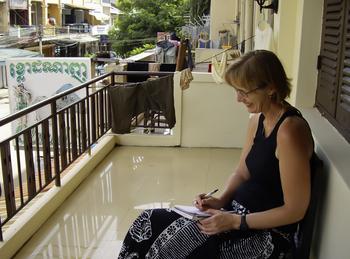
So for this trip to a new continent, I’m trying a new form of travel: One that’s a little lighter and that comes with a whole lot more (electrical) connections.
If I don’t get hit over the head by someone trying to steal it.
Or fall in a river.
